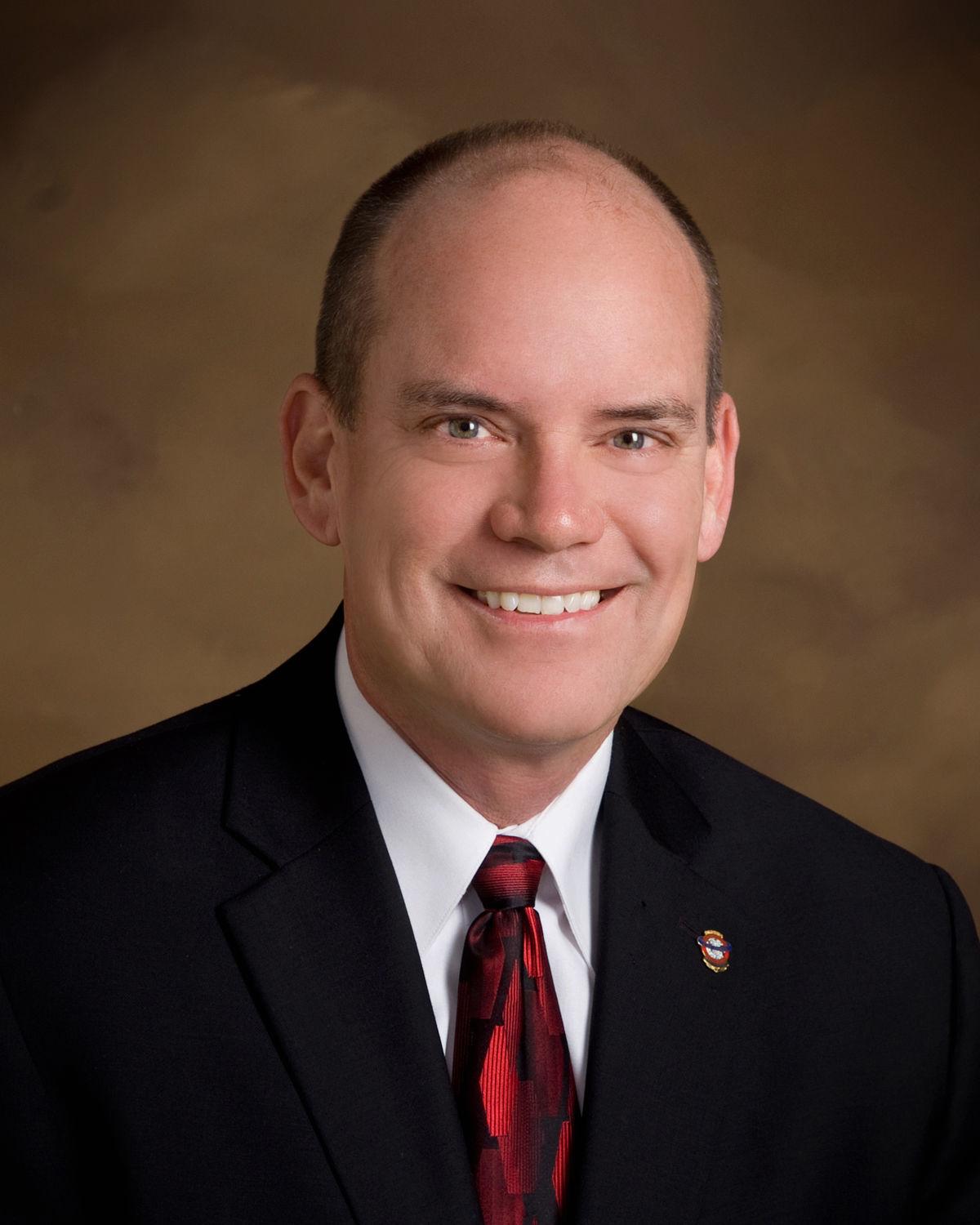From the Chief’s Corner: Are You at the Table?
By Chief Alan Perdue (ret.), SBC Executive Director As we approach the holiday season, a phrase often attributed to the title of a 1936 animated film “Christmas Comes but Once a Year” came to mind, along with an important annual event related to emergency responder communications enhancement systems (ERCES). The phrase was used in a poem from the 16th century English poet and farmer Thomas Tusser from Essex. The line from the poem is “At Christmas play and make good cheer, For Christmas comes but once a year”. So, what’s the connection to important holidays coming once a year and the ERCES you ask? Well, it has to do with one of the most important aspects of fire and life safety systems installed within buildings, “ANNUAL TESTING”. You see, it’s not enough to just install these systems and forget about them. It is imperative that they be properly monitored, tested, and maintained for the life of the building. The requirement for annual testing has been in the codes and standards since the inception of ERCES. It is, however, one that is often overlooked. NFPA 1225, 2022 Edition Chapter 20 includes the following as it relates to annual testing:
As you can see, the language within the standard is very specific as to what is required as the minimum for an annual test. One of the key elements of reading and complying with NFPA standards is understanding the use of an asterisk (*) following a code section. This asterisk identifies there is language within the annex that is pertaining to the actual requirement.
For example, take a look at Section 20.3.10.2.3.2 item #2 that has an asterisk. If you go to the annex it states:
It is extremely important that as a part of the annual inspection, all items also listed in A.20.3.10.2.3.2.(2) are properly evaluated to ensure all aspects of the system are operational. Leaving out one component of the annual test may be the difference between the system working or not (and putting lives at risk).
Those individuals responsible for conducting annual inspections, along with their supervisors, must remember one very important fact – the safety and wellbeing of emergency responders rest squarely on your shoulders. So, take pride in your work and make sure you do these vital annual tests correctly each and every time.
As the hustle and bustle of the holiday season arrives this time of year, I hope you, your extended family and friends have the opportunity to spend some quality time together. I also ask that while you’re enjoying time together with those that mean the most to you, say a special prayer and give thanks for those emergency responders who protect us 24/7/365 so we can #feelsafeinside.
I want to take the opportunity to thank everyone who has a role in making sure our first responders can communicate inside buildings and wish you a Very Merry Christmas, or any other important holiday you may celebrate for that matter, and a Happy New Year!
|

